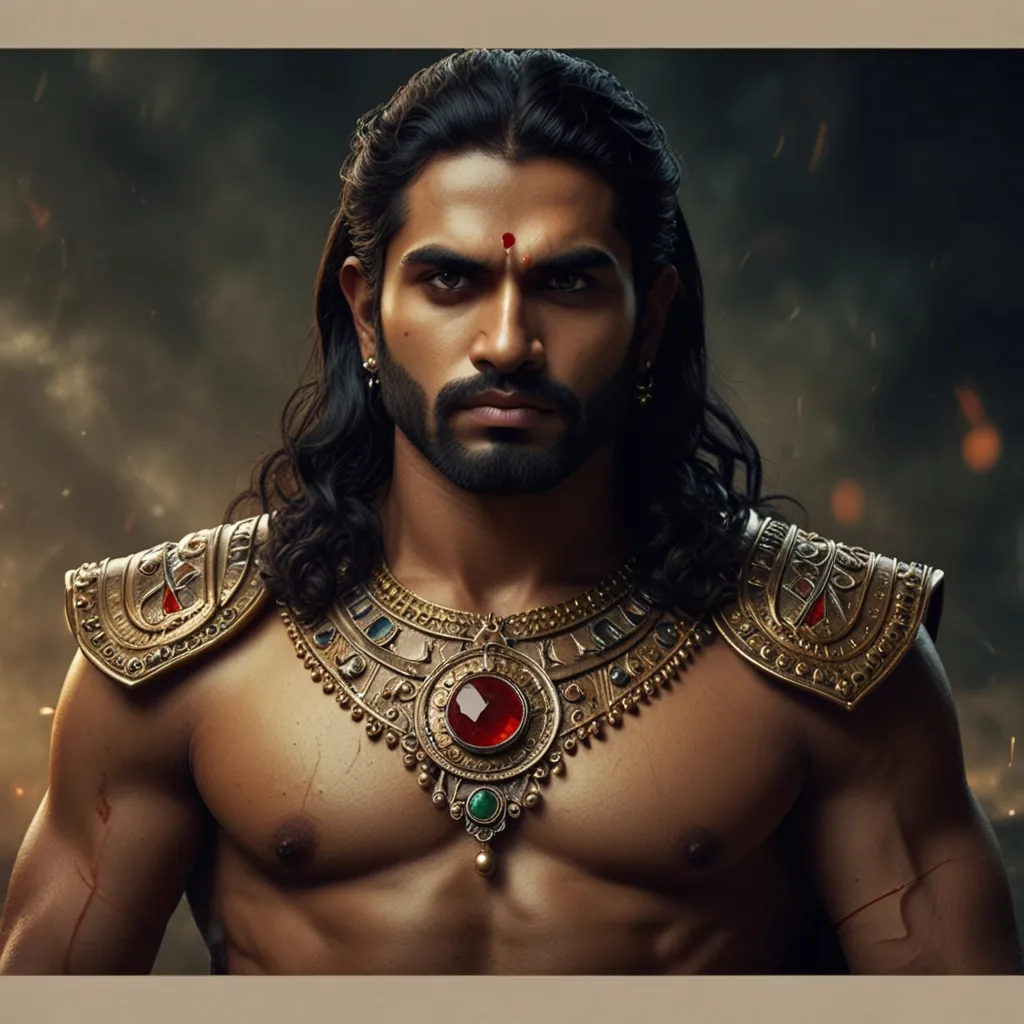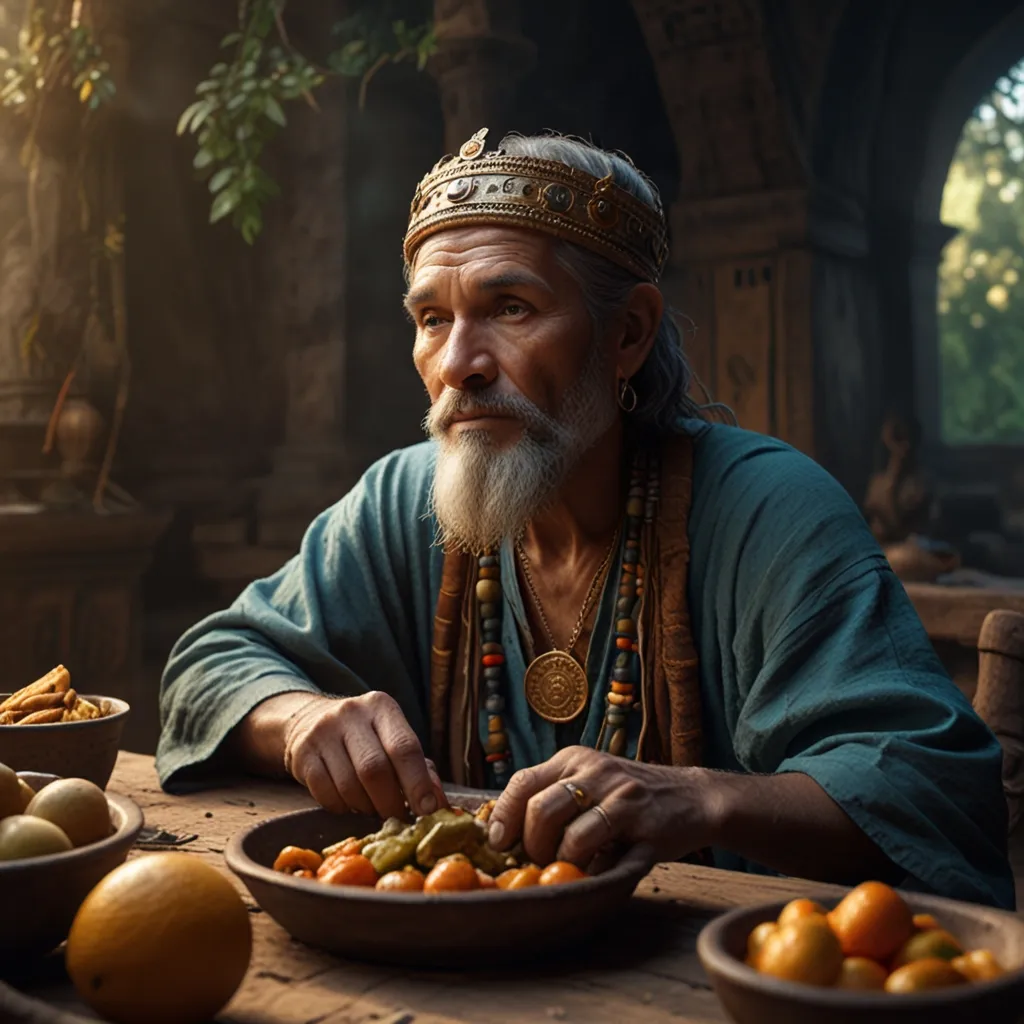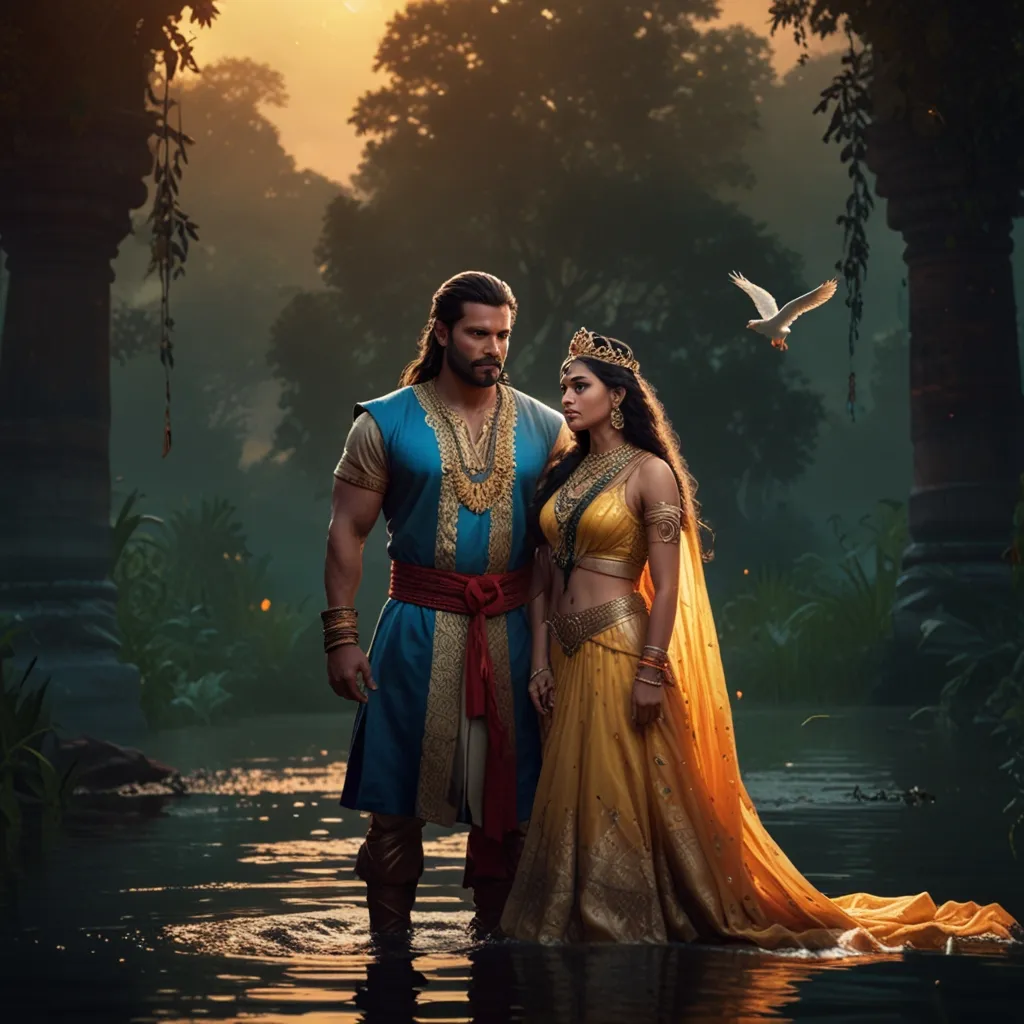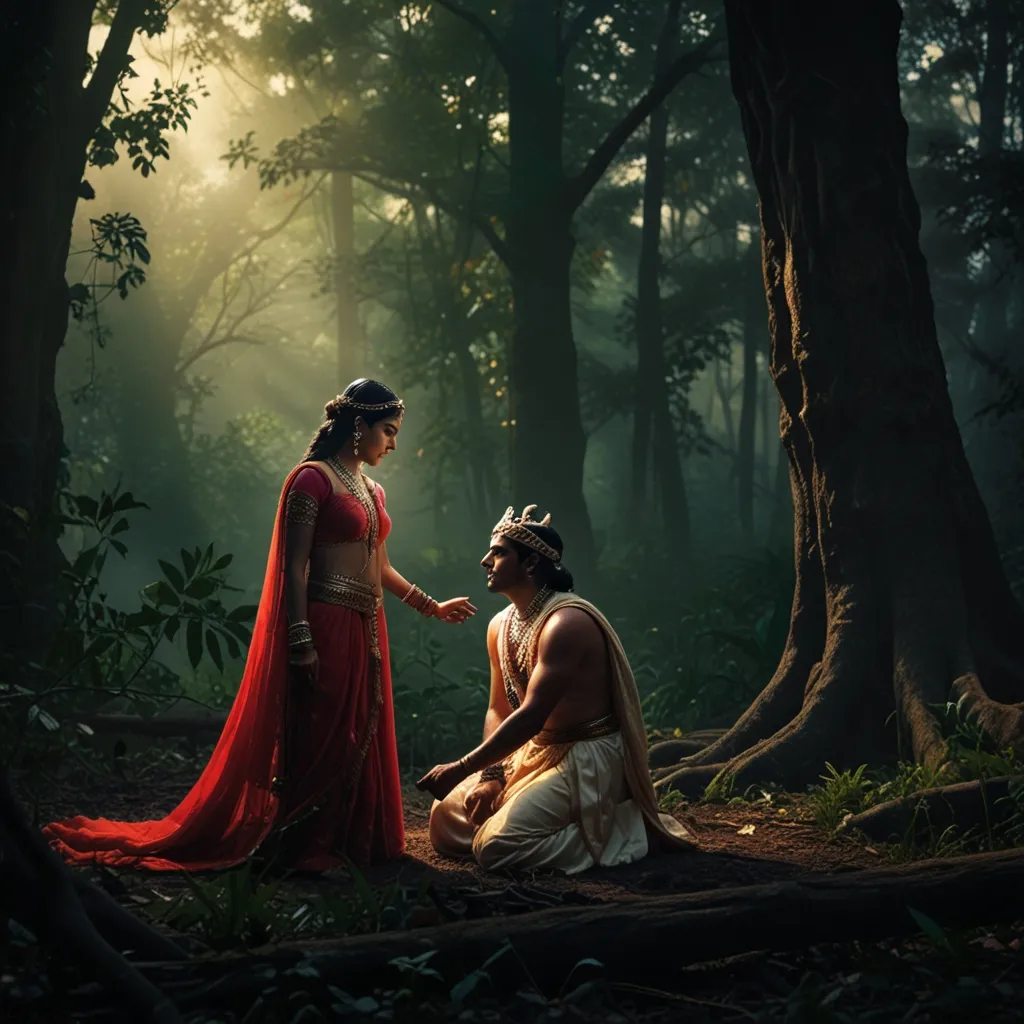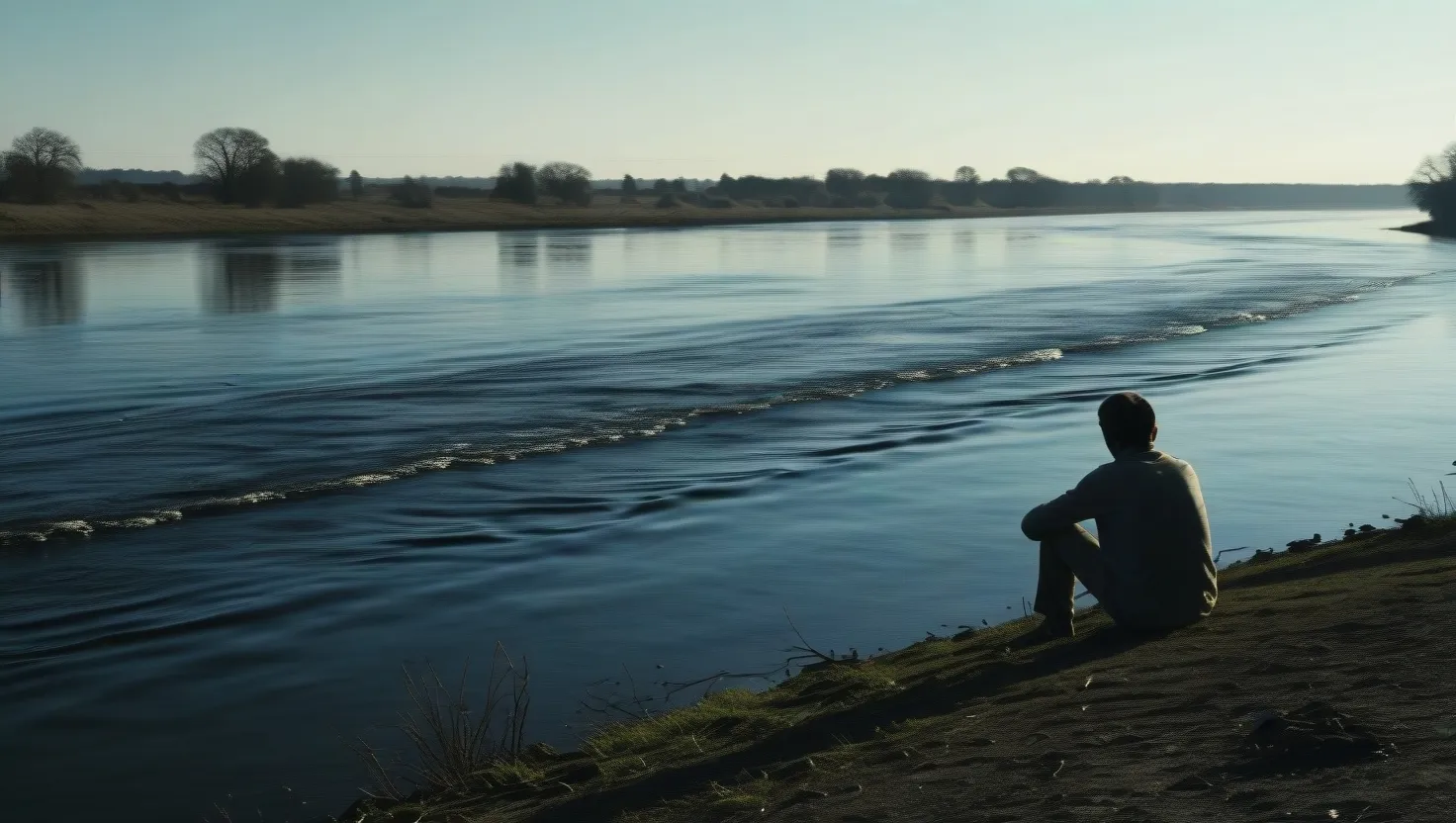Ashwatthama, a name that rings through the epic tale of the Mahabharata, is a character shrouded in mystery and myth. Imagine a guy born with a gem on his forehead, right? Sounds cool? This isn’t just any gem, it’s like the ultimate cheat code in a video game. This gem made Ashwatthama invincible, keeping hunger, thirst, disease, and even fear at bay. It turned him into a force to be reckoned with, making him almost immortal and giving him power over all living creatures lower than humans. Talk about a birthmark that packs a punch!
His dad, Drona, was no slouch either. A legendary warrior and teacher, Drona trained some of the most famous characters in Mahabharata - the Pandavas and the Kauravas. But Drona’s life wasn’t all glitz and glamour. After years of tough penance aimed at pleasing Lord Shiva, Drona’s dream of having a valiant son came true in the form of Ashwatthama. Thanks to his gem, Ashwatthama’s early life was anything but ordinary.
Life wasn’t a cakewalk for the father-son duo. Despite Drona’s mad skills, the family lived quite humbly without much wealth or assets. This was partly due to a betrayal by Drona’s old buddy, Drupada, who bailed on a promise to share half his kingdom. This not only left Drona red-faced but also in a tight financial bind.
Eventually, Drona took his talents to Hastinapura after an invite from Kripa. There, he became the guru to the Kuru princes, and Ashwatthama got his warrior training alongside the Pandavas and Kauravas. The kid was a natural, quickly mastering divine weapons and martial arts, earning major street cred among his peers. But here’s the twist – despite being a warrior prodigy, Ashwatthama had a bit of an ego and leaned towards the Kauravas, particularly bonding with Duryodhana, who showered him with love and generosity.
Then came the Kurukshetra War, the epic showdown that’s the heart and soul of Mahabharata. Drona was appointed the supreme commander of the Kaurava forces, and with his arsenal of sacred chants and divine weapons, he was almost unbeatable. The Pandavas were having a tough time dealing with his onslaught, and their troops were falling left and right.
Desperate times call for desperate measures. Krishna, the ultimate strategist, came up with a cunning plan. The Pandavas spread a fake rumor that Ashwatthama had been killed. Knowing how much Drona adored his son, this news was designed to break him emotionally. It worked like a charm. Drona, heartbroken, laid down his weapons, leading to his eventual death.
The news of his father’s death sent Ashwatthama off the deep end. His rage knew no bounds. Stealthily, he slipped into the Pandava camp at night. Blinded by fury and grief, he mistook the sleeping sons of the Pandavas for the Pandavas themselves and beheaded them. This act of vengeance didn’t end his wrath.
Burning with anger, Ashwatthama took it one step further by launching a powerful Brahmashirastra towards the womb of Uttara, the wife of Abhimanyu, who was pregnant with their son, Parikshit. This horrendous act targeted an unborn child who had zero means to defend himself. Krishna stepped in to save the unborn Parikshit’s life, ensuring that evil wouldn’t triumph.
Krishna had seen enough. As divine justice, he asked Ashwatthama to surrender the precious gem from his forehead. The removal of the gem stripped Ashwatthama of his invincibility. Then Krishna cursed him to wander the earth with a wound on his forehead that would never heal, oozing blood and pus for 3000 years, or until the end of the Kali Yuga.
Ashwatthama’s story is a stark reminder of where unchecked anger and thoughtless actions can lead you. Born divine, almost invincible, and destined for greatness, his actions brought about his miserable downfall. The gem that once made him special became a symbol of his cursed existence, serving as a harsh reminder of divine justice and its inexorable reach.
Even today, Ashwatthama’s tale excites the imagination. Some folks believe he is still wandering the earth, a living relic of ancient times and profound lessons. His saga is deeply interwoven into the fabric of Mahabharata, making it one of those timeless classic tales that continue to inspire and teach generations. So whether he’s still out there or just a legend, Ashwatthama’s story remains a captivating chapter in the vast epic of Mahabharata.
